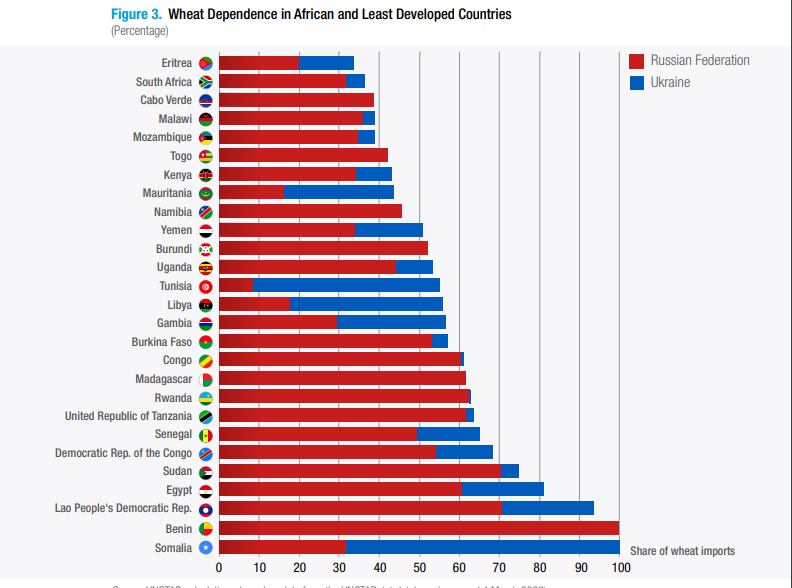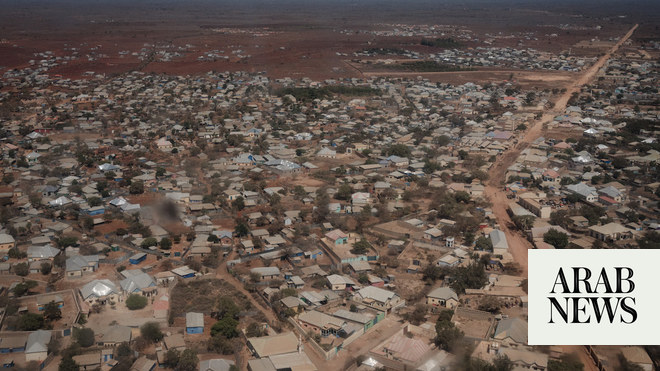Climate change and Russia's war in Ukraine help push Somalia to the brink of famine
After three consecutive years of almost no rain, the East African country of Somalia is in the grips of its worst drought in more than 40 years. Experts say conditions are so dire for the nation’s 16 million residents that a famine threatening millions of people is fast approaching.
After three consecutive years of almost no rain, the East African country of Somalia is in the grips of its worst drought in more than 40 years, according to an analysis by the World Food Programme, the food-assistance branch of the United Nations. Experts say conditions are so dire for the nation’s 16 million residents that a famine threatening millions of people is fast approaching.
Three failed rainy seasons and a fourth now unfolding have resulted in barren harvests, malnourished livestock and such limited natural resources that at least 700,000 Somalis have uprooted their lives and left their homes in hopes of finding safety and sustenance. Many have been forced to set out on long journeys through dangerous terrain and conflict-ridden communities in search of urban centers to access support.
From 2010-2012, a quarter of a million Somalis — half of them children — died during the last famine to be caused by drought, according to a report by the U.N. and the U.S.-funded Famine Early Warning Systems Network.
Today, more than a third of the population, or 6 million people, are facing severe hunger in a country where seven out of 10 people live on less than two dollars a day, data from the World Food Programme shows.
Estimates show that 350,000 of the 1.4 million severely malnourished children in the country would die by this summer if the country doesn’t get the aid they need, according to the United Nations Office for the Coordination of Humanitarian Affairs.
Extreme water and food shortages even before Russia’s war in Ukraine, which is known as “Europe’s breadbasket,” have only made an already fragile situation worse. Somalia imports about 90% of its wheat from Ukraine and Russia, and the war there has all but halted those shipments over the past two months, according to a report from the United Nations Conference on Trade and Development.
Climate change has also played a dramatic role in altering weather patterns in the region. Flash flooding, rising temperatures, sandstorms and cyclones are somewhat the norm across Somalia and there have been at least seven droughts in the last 15 years.
Having one of the highest mean temperatures in the world, Somalia is on pace to get three degrees hotter by the end of the century, according to climate projections. Being that 60% of the population lives in rural areas, mainly living off the land or tending livestock, the effects of climate change can mean the difference between life and death.
THE IMPACT ON TRADE AND DEVELOPMENT OF THE WAR IN UKRAINE



